We speak to University of Alberta Professor Ravin Narain about his polymeric and nano-materials research, and what it might for the future of biomaterials and medicine.


We speak to University of Alberta Professor Ravin Narain about his polymeric and nano-materials research, and what it might for the future of biomaterials and medicine.
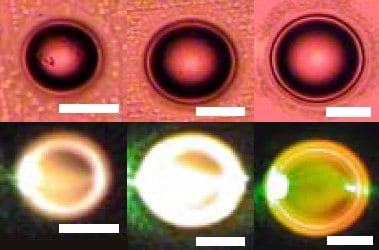
An elegant technique for self-assembling microlasers from droplets is reported in Advanced Optical Materials.
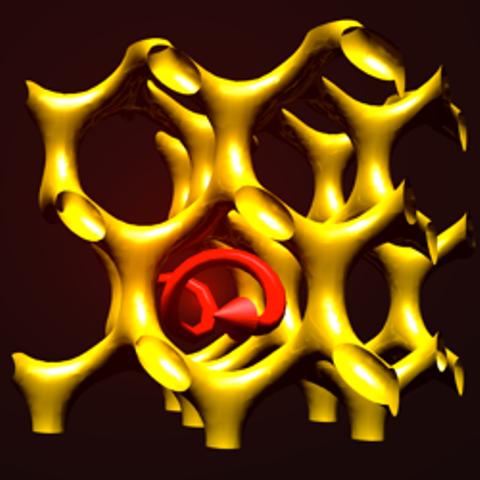
Researchers from the University of Cambridge, UK report the fabrication of a truly 3D metamaterial using self-assembly.
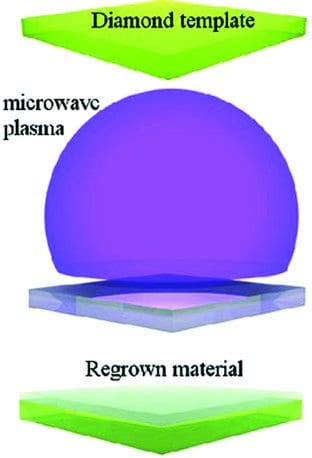
By using microwave CVD, high quality, single crystal diamond membranes have been epitaxially grown. The resulting material exhibits bright luminescence and good electron spin coherences times, suitable for application in quantum computing.
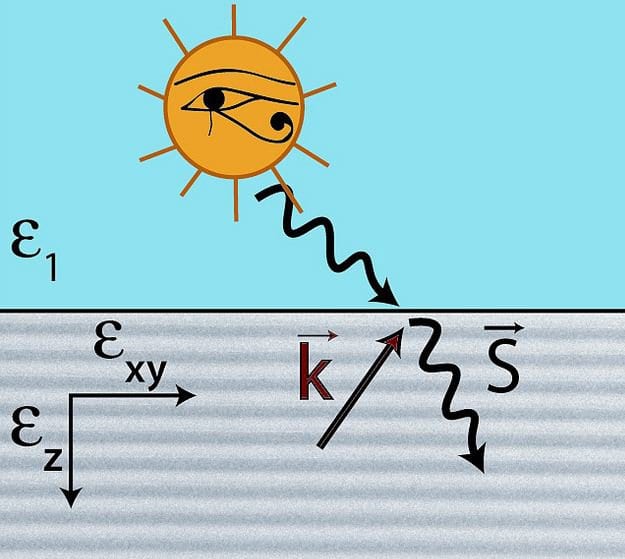
Researchers at Oregon State University have discovered a way to make a new metamaterial that might accomplish negative refraction of light.
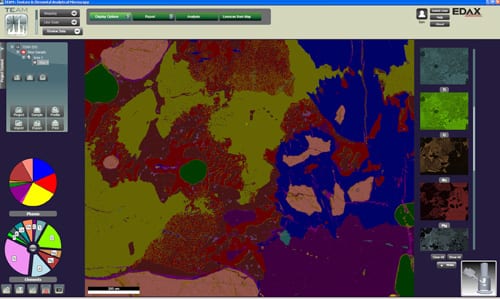
With the new TEAM Pegasus system EDAX combines energy dispersive spectroscopy and electron backscatter diffraction for comprehensive materials analysis.
A simple two step process was developed to fabricate substrates with flexible free standing nanopillars which exhibit a large and uniform
Raman enhancement.

Scientists have fabricated a 3D metamaterial, which shows linear and circular dichroism, using a self-assembled block copolymer as a template.
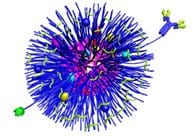
Researchers at the Wooley Laboratory have used polymers to mimic the characteristics and actions of biological nanoparticles and structures.
Multilevel Molecular Assemblies: Scientists in China and Germany are working together to make efficient tools out of molecular assemblies.